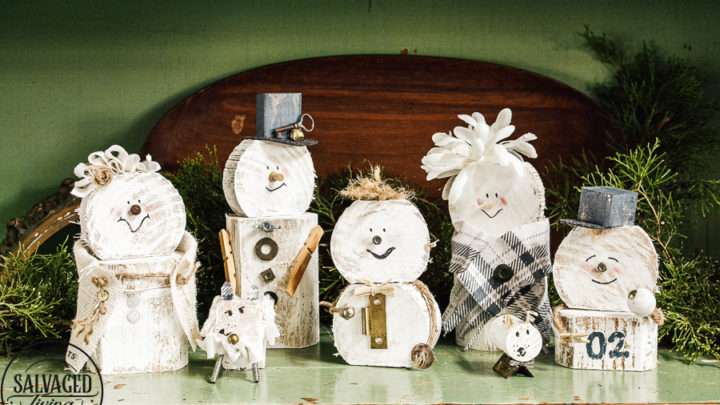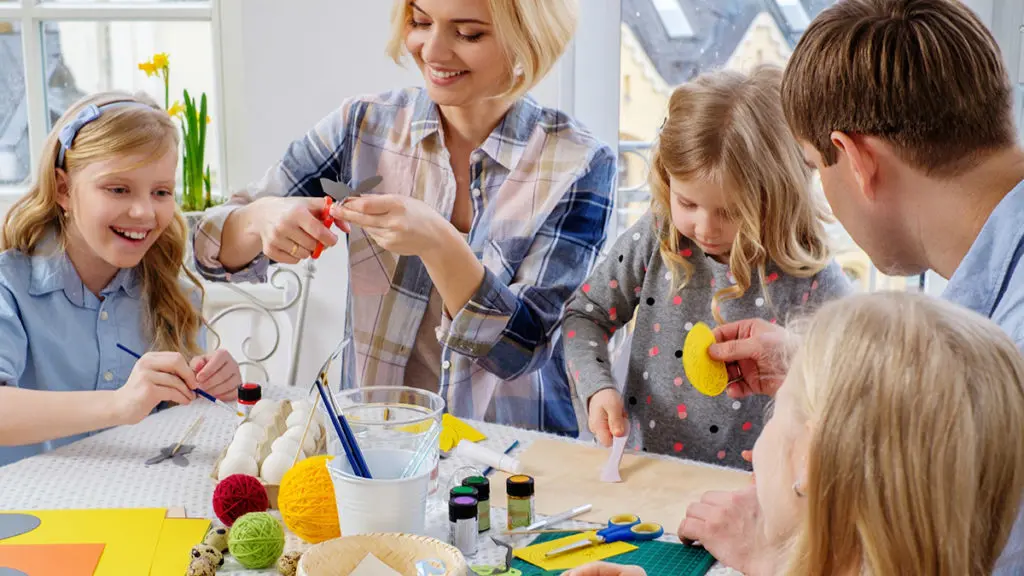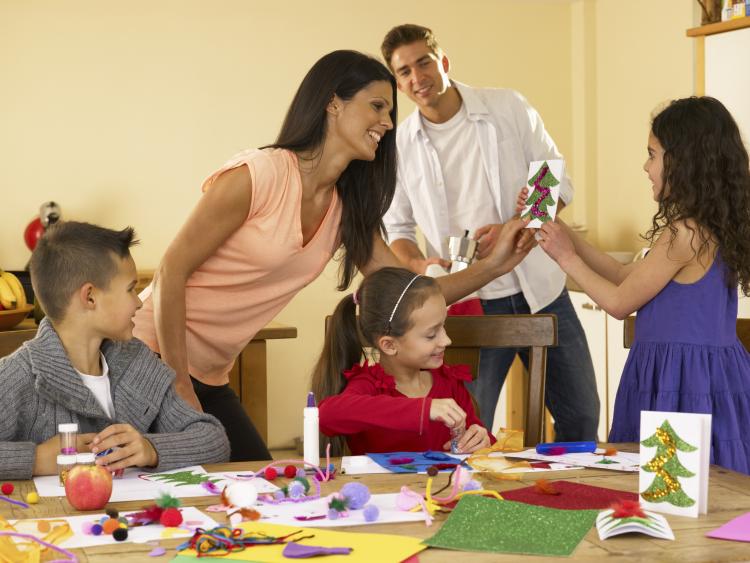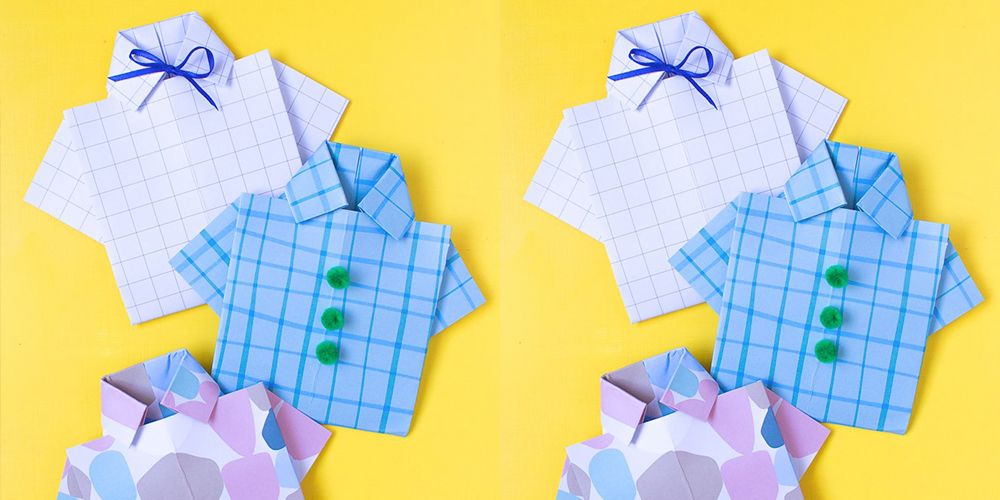
Crafting is not just a recreational activity; it can also be a powerful tool for learning and education. In this article, we will explore eight effective educational craft projects that families can engage in together.
By combining creativity with educational objectives, these projects provide a fun and engaging way for children and parents to learn together.
From science experiments to history-themed crafts, this article will provide practical and informative ideas for families seeking to unleash the power of learning through crafting.
Learning Objectives
Learning objectives are frequently used in educational craft projects to provide clear and specific goals for learning outcomes. These objectives serve as a roadmap, guiding both the facilitator and the participants towards a desired educational experience. They help in project assessment by providing a basis for evaluating whether the learning goals have been achieved.
Crafting allows for experiential learning, which is a hands-on approach to education. By engaging in hands-on activities, individuals are able to actively participate in the learning process, making it more meaningful and impactful. Learning objectives in craft projects can range from developing fine motor skills and creativity to understanding scientific concepts or cultural traditions.
Educational Materials
To further enhance the educational experience of craft projects, it is essential to carefully select and utilize appropriate educational materials.
Educational supplies and learning resources play a crucial role in engaging and inspiring children's creativity while also fostering their cognitive development. When choosing educational materials, it is important to consider their relevance to the project's learning objectives and the child's age and interests.
Educational supplies such as art kits, construction sets, and science experiment kits can provide hands-on learning experiences and promote problem-solving skills.
Learning resources like books, videos, and online platforms can offer additional information and perspectives to enrich the learning process.
Subject-Specific Projects
Subject-specific projects can effectively deepen learning experiences by providing focused opportunities for children to explore and apply their knowledge and skills in particular academic subjects.
When it comes to hands-on science projects, children can engage in experiments and investigations that allow them to understand scientific concepts in a practical and tangible way. They can create volcanoes that erupt, build simple machines to understand the principles of physics, or grow plants to learn about biology and ecosystems.
Math manipulatives, on the other hand, enable children to interact with mathematical concepts through physical objects. They can use blocks, counters, or even measuring tools to explore numbers, operations, geometry, and patterns.
Learning Through Crafting
Crafting is more than just a fun activity; it is a powerful tool for learning. Engaging in hands-on projects allows children to actively participate in their education, promoting a deeper understanding of concepts and fostering critical thinking skills.
Additionally, crafting encourages creativity and problem-solving, as children are challenged to find innovative solutions to design and construction challenges.

Furthermore, the fine motor skills required for crafting help develop dexterity and coordination, enhancing overall cognitive development.
Benefits of Hands-On Learning
Hands-on learning through crafting provides numerous benefits for families, fostering a meaningful and interactive educational experience. Here are three key advantages of incorporating hands-on learning into your family's educational activities:
- Interactive Engagement: Crafting projects require active participation and engagement, allowing family members to interact with materials, tools, and each other. This hands-on approach encourages collaboration, problem-solving, and creativity, making learning a dynamic and enjoyable experience.
- Kinesthetic Learning: Crafting involves tactile experiences, which can enhance learning for individuals who thrive on physical movement and touch. By actively manipulating materials, children and adults alike can better understand concepts and retain information. This kinesthetic learning style promotes a deeper understanding of topics and improves memory retention.
- Practical Application: Crafting projects often require the application of various skills, such as measuring, cutting, and assembling. By engaging in hands-on activities, family members can develop practical skills that are transferable to other areas of life. These practical skills include fine motor skills, spatial awareness, and problem-solving abilities, which can benefit individuals in their personal and professional lives.
Creativity and Problem-Solving
Building upon the benefits of hands-on learning, the incorporation of creativity and problem-solving skills is essential in educational craft projects for families. These skills not only foster innovation and critical thinking but also provide a platform for children and parents to explore their imagination and develop practical solutions.
By encouraging creativity, craft projects allow individuals to think outside the box and come up with unique ideas. Problem-solving, on the other hand, challenges individuals to analyze situations, identify obstacles, and find effective solutions. Through these activities, families can enhance their problem-solving abilities and develop a sense of resilience when faced with challenges.
Moreover, creativity and problem-solving in craft projects provide a fun and engaging way to learn, making the educational experience more enjoyable and memorable for everyone involved.
Enhancing Fine Motor Skills
Continuing the exploration of creativity and problem-solving, it is imperative to incorporate craft projects that enhance fine motor skills, allowing families to engage in hands-on learning experiences more frequently. Fine motor development is crucial for children as it helps them perform everyday tasks such as writing, buttoning a shirt, or tying shoelaces. Crafting provides an excellent opportunity for children to strengthen their fine motor skills in a fun and interactive way.

Here are three craft ideas that can enhance fine motor skills:
- Paper cutting and folding: Encourage children to create intricate paper designs by cutting and folding. This activity promotes hand-eye coordination and precision.
- Beading and threading: Stringing beads onto a necklace or threading buttons onto a string helps improve hand dexterity and hand-eye coordination.
- Playdough and clay modeling: Manipulating and molding playdough or clay strengthens hand muscles, improving fine motor skills and sensory integration.
Project Reflection
Project reflection is an essential component of effective educational craft projects for families. By taking the time to reflect on their projects, both children and adults can reap numerous benefits.
Reflection enhances learning experiences by allowing individuals to evaluate their work, identify areas for improvement, and celebrate their successes. It also encourages practical application of projects, as reflection prompts participants to consider how they can apply the skills and knowledge gained to real-life situations.
Benefits of Reflection
Engaging in reflective practices enhances the educational value of craft projects for families. When families take the time to reflect on their crafting experiences, they can unlock a range of benefits and deepen their learning.
Here are three key benefits of project reflection:
- Enhanced self-awareness: Reflection allows family members to gain insights into their own strengths, weaknesses, and preferences. By analyzing their craft projects, they can identify areas of improvement and develop a growth mindset.
- Deeper understanding: Project analysis encourages families to think critically about their creative process. By reflecting on the choices they made and the outcomes they achieved, they can uncover the underlying principles and concepts behind their craft projects.
- Transferable skills development: Reflection helps families recognize the skills they have acquired or strengthened through crafting. These skills, such as problem-solving, creativity, and collaboration, can be applied in various contexts, fostering lifelong learning and adaptability.
Enhancing Learning Experiences
One key aspect of maximizing learning experiences in educational craft projects for families is through the practice of reflection. Reflection allows individuals to actively engage in interactive learning and educational games, enhancing their overall understanding and retention of knowledge.
By reflecting on the process and outcomes of a craft project, families can identify what worked well, what challenges they faced, and what they learned along the way. This reflection can take the form of open discussions, journaling, or even creating a visual representation of their experience.
Through reflection, families can gain insights into their strengths and areas for improvement, allowing them to make adjustments for future projects. It also encourages critical thinking, problem-solving, and creative expression, fostering a holistic and meaningful learning experience for everyone involved.
Practical Application of Projects
The implementation of project reflection in educational craft projects for families enhances the practical application of skills and knowledge acquired during the crafting process.

Project reflection allows individuals to actively engage in hands-on learning experiences, fostering a deeper understanding of concepts and encouraging real-world application.
Through reflection, families can gain valuable insights into their crafting journey, identifying areas of improvement, and celebrating their achievements.
Here are three ways project reflection enhances the practical application of skills and knowledge:
- Reinforces Learning: Reflection prompts individuals to think critically about their crafting experience, reinforcing the skills and knowledge gained throughout the project.
- Encourages Problem-Solving: Reflecting on challenges faced during the craft project promotes problem-solving skills, enabling families to apply their learning to real-world situations.
- Promotes Growth Mindset: By reflecting on their progress and accomplishments, families develop a growth mindset, embracing challenges and viewing setbacks as opportunities for growth.
Through project reflection, families can maximize the practical application of their crafting skills, fostering a deeper understanding of concepts and promoting lifelong learning.
Educational Benefits
Craft projects offer a multitude of educational benefits for families, fostering creativity, critical thinking, and problem-solving skills.
Engaging activities that involve hands-on crafting can stimulate the imagination and encourage children to think outside the box. Through the process of creating something with their own hands, children are able to express their ideas and explore different possibilities. They learn to make decisions, experiment with materials, and find innovative solutions to challenges that arise during the crafting process.
Craft projects also promote interactive learning, as children often collaborate with siblings or parents, sharing ideas and working together to achieve a common goal. This not only enhances their communication and teamwork skills but also teaches them the value of cooperation and compromise.
Project Documentation
To effectively capture the progress and outcomes of educational craft projects, it is essential to prioritize project documentation. By documenting the project, you not only create a record of the process but also enhance project presentation and project assessment.
Here are three key reasons why project documentation is crucial:
- Progress Tracking: Documenting the project allows you to track the progress made by your family. It helps you see how far you have come and what steps are still needed to complete the project.
- Learning Reflection: Documentation provides an opportunity for reflection. By reviewing the project documentation, you can identify the skills and knowledge gained throughout the process, promoting a deeper understanding of the educational benefits.
- Future Reference: Documentation serves as a valuable resource for future reference. Whether it's for sharing with others or revisiting the project later, having a well-documented record ensures that the project's outcomes are not lost.
Prioritizing project documentation ensures that the educational craft project is not only a fun activity but also a meaningful learning experience.
Learning Styles
Understanding different learning styles is essential for creating effective educational craft projects for families. By tailoring activities to match the preferred learning style of each family member, you can maximize engagement and enhance the learning experience.
Visual learners, for example, thrive on visual aids and imagery. Integrate colorful images, diagrams, and charts into your craft projects to help them absorb information more effectively.
On the other hand, kinesthetic learners learn best through hands-on activities and physical movement. Incorporate interactive elements into your crafts, such as building, molding, or assembling, to stimulate their learning process.

Frequently Asked Questions
How Can I Incorporate Different Learning Styles Into Craft Projects for My Family?
Incorporating learning styles into craft projects is essential to engage multiple intelligences. By providing opportunities for visual, auditory, kinesthetic, and interpersonal learning, families can unleash the power of learning through crafting in a way that is engaging, informative, and practical.
What Are Some Effective Ways to Document and Track the Educational Progress Made Through Craft Projects?
Ways to document and track educational progress through craft projects include utilizing digital portfolios and scrapbooking. Subject specific craft projects like science experiments and historical dioramas offer engaging, informative, and practical opportunities for families to document learning experiences.
Are There Any Specific Educational Benefits Associated With Crafting Activities?
Crafting activities offer numerous educational benefits, including fostering creativity, developing problem-solving skills, and promoting fine motor skills. Engaging in craft projects allows individuals to explore their creativity while also enhancing their cognitive, social, and emotional development.
Using project reflection to deepen learning in educational craft projects offers numerous benefits. It enhances critical thinking, problem-solving, and self-awareness skills. By reflecting on their projects, individuals gain a deeper understanding of the learning process and can apply their knowledge more effectively.
Can You Provide Some Examples of Subject-Specific Craft Projects That Can Be Done at Home With the Family?
Subject-specific craft projects provide a practical and engaging way for families to promote creative learning activities at home. Examples include creating a solar system model for science, designing historical dioramas, or making math-based geometric art.